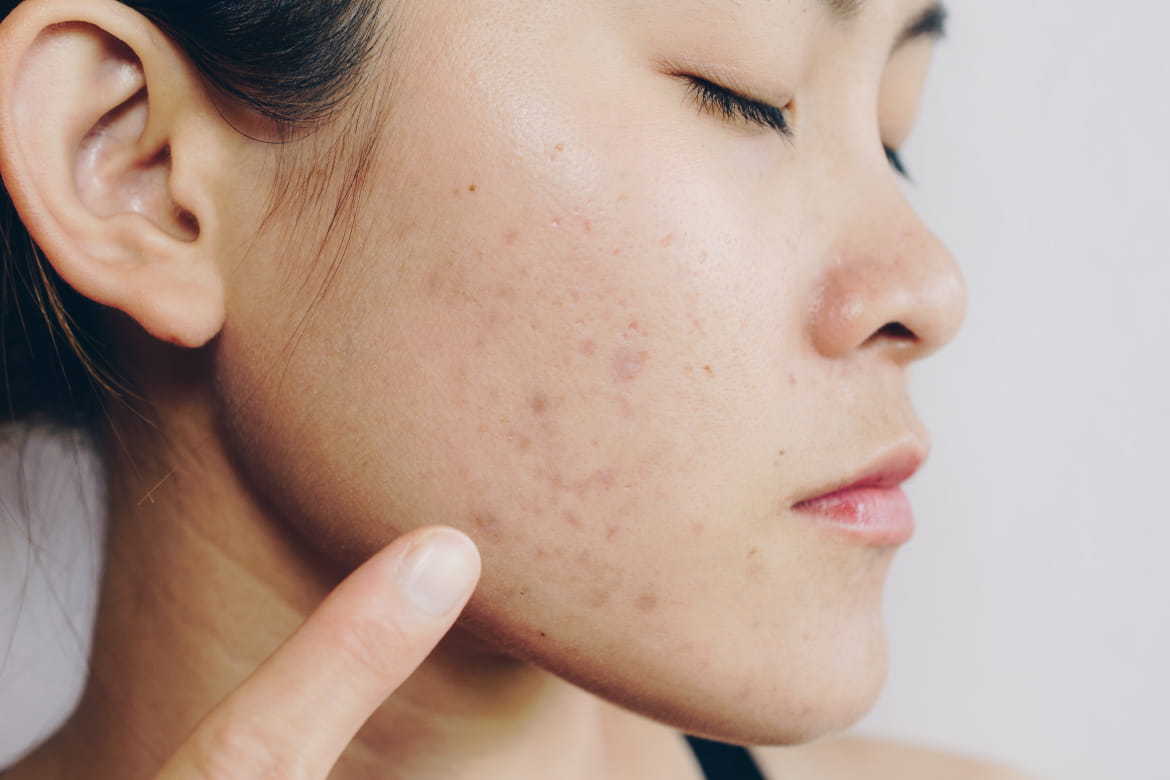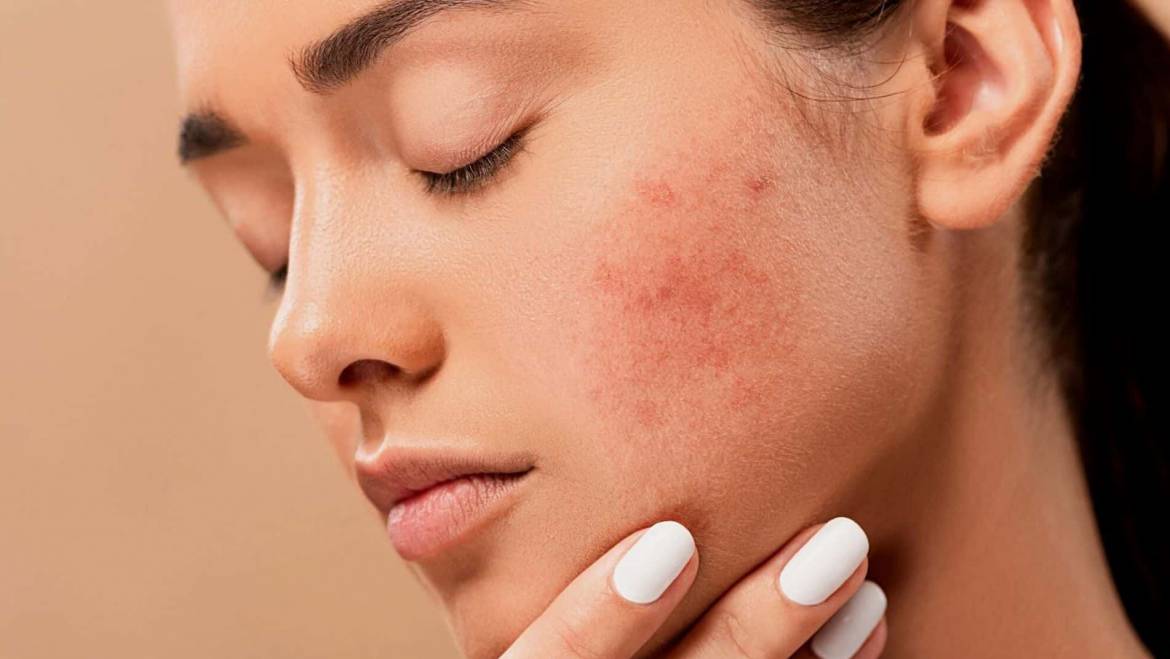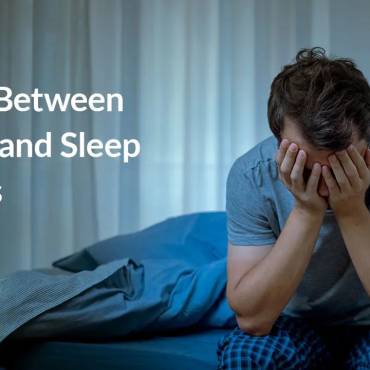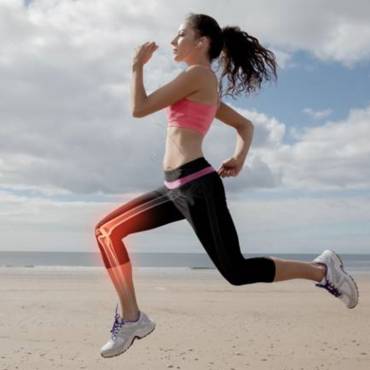Acne is the most common skin problem among children and adults. It is estimated that 60 million people in the US have some form of acne. Some patients experience mild acne, whereas others get a more severe form of acne. Although there are many types of acne, the most common types include blackheads, whiteheads, pimples, blemishes, and severe acne.

Types of acne
You might have heard the term “breakout” used to describe all forms of acne, but this is not always the complete description. Not all types of acne spread all over the skin. Clogged pores can cause the formation of acne. These may be attributed to bacteria, excess production of oil, dead skin cells, hormones, and ingrown hairs. Acne vulgaris is often associated with hormonal changes experienced during teenage years, but adults can get acne too. About 17 million people in the US experience some form of acne, making it one of the most common skin problems among children and adults. Recognizing which type of acne you are experiencing is key to effective and successful treatment. Acne may be inflammatory or non-inflammatory. Subtypes of acne with these two categories include blackheads, whiteheads, pustules, papules, fungal acne, nodules, and cysts. It is possible to have multiple types of acne at a time. Some cases may even be severe enough to fix an appointment with a dermatologist.
- Non-inflammatory acne
Blackheads and whiteheads come under the category of non-inflammatory acne. These normally do not cause swelling. They also respond relatively well to over-the-counter treatments. Salicylic acid is often used for acne, but it usually works best for people with non-inflammatory acne. It exfoliates the skin and removes dead skin cells that can bring whiteheads and blackheads. Look for this anti-acne agent in cleansers, toners, and moisturizers.
- Whiteheads:
Whiteheads develop when the skin pores get clogged by sebum and dead skin cells. It appears as a small bump coming out from the skin. Whiteheads are tougher to treat because the skin pores are already closed. Skin care products containing salicylic acid can be effective in such cases. Topical retinoids turn out to be a game changer. Currently, adapalene is available as a counter retinoid. If it is ineffective, stronger topical retinoids are available with a prescription from your dermatologist.
- Blackheads:
Blackheads occur when a pore is clogged by excess oil and dead skin cells. The top of the skin pore stays open, despite the rest being clogged. These appear as black, seen on the skin’s surface.
Treatment available for non-inflammatory acne
Over-the-counter cleansers, moisturizers, gels, toners, and creams can treat non-inflammatory acne blemishes. They often combine a mixture of ingredients. The active skincare ingredients that help down black and whiteheads include salicylic acid, adapalene, azelaic acid, and benzoyl peroxide. In addition, several home remedies and lifestyle modifications can also help reduce most minor-to-mild types of non-inflammatory acne. These are:
- Staying hydrated
- Applying non-abrasive cleansers
- Washing with lukewarm water and mild soap/cleanser twice daily
- Limiting sun exposure
- Always wearing sunscreen when outdoors
- Avoiding over-rinsing/scrubbing or irritating skin
- Inflammatory acne
Pimples that appear red and swollen are known as inflammatory acne. Although excessive oil and dead skin cells result in inflammatory acne, bacteria can also clog pores. Bacteria can give rise to an infection deep beneath the skin’s surface. This may result in painful acne spots that are difficult to treat. Products containing benzoyl peroxide may help reduce swelling and swelling and help get rid of bacteria within the skin. These can also remove excess oil from the skin’s surface. Dermatologists may prescribe an oral or topical antibiotic along with the benzoyl peroxide formulation to treat inflammatory acne. A retinoid formulation also plays a crucial role in treating inflammatory papules and pustules.
- Pustules (pimples)
Pustules appear larger, tender bumps with a circular center filed with pus. The area around the pustule appears red or pink, or sometimes the skin appears darker. The whitish or yellowish pus in the pustule is typically a combination of immune cells and bacterial cells accumulated in the blocked skin pore. Pustules usually appear as much larger and more inflamed whiteheads.
- Papules
Papules are bumps that appear under the skin’s surface. They are quite small (less than one centimeter in diameter). They will appear tender, solid, and raised. Typically, the skin that surrounds a papule is also inflamed. Unlike whiteheads, papules do not have visible centers, and the pores of a papule are not widened like blackheads.
- Nodules
Nodules are hard, and an inflamed lump develops deep within the skin. Like nodules, these, too, do not have a visible head. Nodules come under severe acne that causes skin complications such as darkening or scarring. This severe acne develops when clogged pores infect and swell beneath the skin’s surface. Because nodular acne is so deep within the skin, you can’t typically get rid of them with home remedies. Prescription treatments are required to treat them. Your dermatologist will be most likely to recommend oral medication isotretinoin. This is formulated from vitamin A and is used daily for four to six months. It effectively prevents nodules by reducing the size of oil glands within the pores.
- Cysts
Cysts are bigger, painful, red or white bumps deep in the skin. These are filled with pus and are typically soft to the touch. Cysts are severe forms of acne; in some cases, an individual having cysts requires surgical intervention. If left untreated can lead to visible scarring.
Treatment options for Inflammatory acne
Because these severe inflammatory blemishes can’t be treated at home, they require medical attention. A dermatologist may prescribe a combination of medications and procedures to treat nodules and cysts. These include:
- Antibiotics (doxycycline and amoxicillin)
- Retinoids such as isotretinoin
- Oral birth control pills for hormonal-related acne
- Photodynamic therapy to get rid of the bacteria
- Steroid injection
Takeaway
Seeing a dermatologist is the best way to receive an accurate diagnosis and treatment. It is important to know that in some cases, expert treatment may be the only way to eliminate and control your acne fully.
Also Read: Things to know about Acne and Acne Scars
admin
Latest posts by admin (see all)
- What is Triluma Cream? Uses, Benefits, and How It Works for Skin - December 26, 2024
- What Causes Dark Spots? Understanding the Science of Hyperpigmentation and How Skin Lightening Products Help - December 26, 2024
- Tretinoin Gel vs. Cream: Which Formulation is Right for Your Skin? - December 20, 2024



